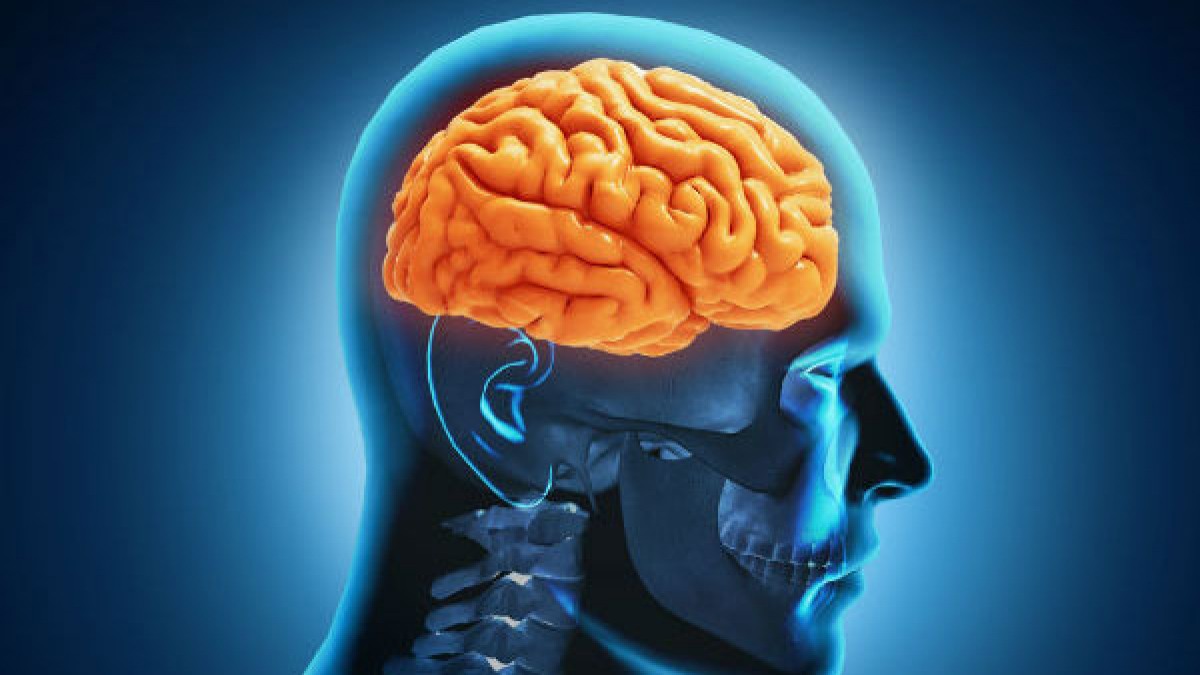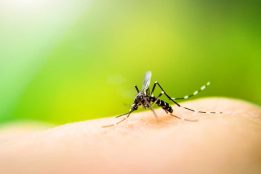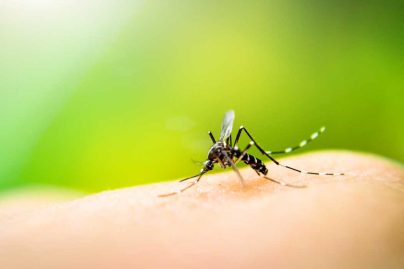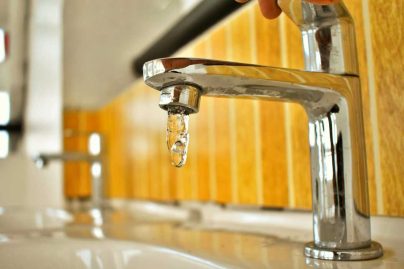South Korea reports the first case of deadly brain-eating amoeba
Wed 28 Dec 2022
Seoul: The first infection from Naegleria fowleri, or “brain-eating amoeba,” has been reported in South Korea, the health authorities said.
The Korea Disease Control and Prevention Agency (KDCA) confirmed that a Korean national who died after returning from Thailand was infected with Naegleria fowleri, which destroys human brains.
The man in his 50s came back to South Korea on December 10 after a four-month stay in the Southeast Asian country and was admitted to a hospital the next day. He died last week as per reports.
This is the first known infection from the amoeba disease in South Korea, which was first reported in the United States in 1937.
Naegleria fowleri is an amoeba commonly found in warm freshwater lakes, rivers, canals and ponds throughout the world. The amoeba is inhaled through the nose and travels to the brain to destroy brain tissue.
The KDCA said the odds of human-to-human transmission of Naegleria fowleri are low but asked local residents to refrain from swimming in the areas where the amoeba disease has broken out.
A total of 381 Naegleria fowleri amoeba disease cases have been reported as of 2018 in the world including in the US, India and Thailand.
About Naegleria fowleri
Naegleria is a free-living amoeba (a single-celled living organism). It is so small that it can only be seen with a microscope. It is commonly found in warm freshwater (such as lakes, rivers, and hot springs) and soil. Only one species of Naegleria infects people: Naegleria fowleri.
Naegleria fowleri infects people when water containing the amoeba enters the body through the nose. This typically happens when people go swimming or diving, or when they put their heads under fresh water, like in lakes and rivers. The amoeba disease then travels up the nose to the brain, where it destroys the brain tissue and causes a devastating infection called primary amebic meningoencephalitis (PAM). PAM is almost always fatal.
Naegleria fowleri infections may also happen when people use contaminated tap water to cleanse their noses during religious practices or rinse their sinuses (sending water up the nose).
In very rare instances, people have gotten Naegleria fowleri infections from recreational water that didn’t have enough chlorine in it, such as pools, splash pads, or surf parks.
Source: Agencies

 May 06 2024
May 06 2024












